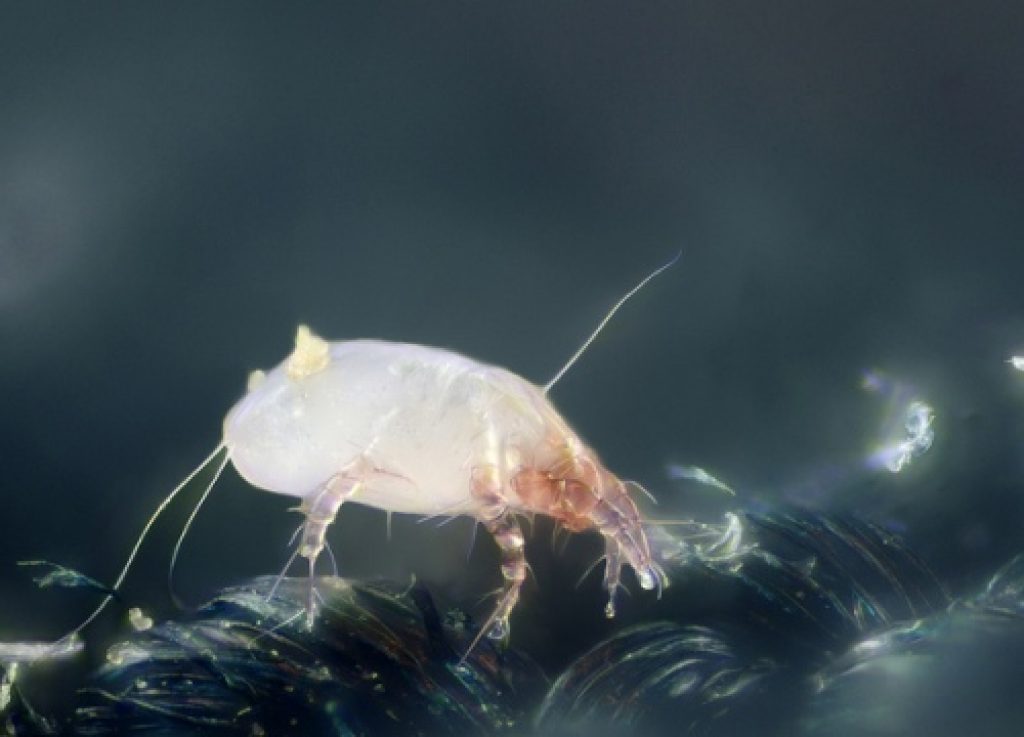How to Treat House Dust Mite Allergy (SLIT) in Singapore: OralTek and Acarizax

Did you know that the house dust mite is the Number one cause of nasal and skin allergies in Singapore? House dust mite (HDM) allergy can trigger off flare-ups of allergic rhinitis and eczema skin issues, as well as set off an asthma attack. But you can’t get rid of house dust mite problems just by cleaning vigorously away as the three species of house dust mites live quite happily in our warm and humid climate in Singapore, so don’t go too crazy with the house-cleaning just yet! The three types of house dust mites, Blomia Tropicalis, D. Farinae and D. Pterronysinus, are endemic to Singapore and they just love it here, producing droppings to irritate your skin and airways to cause allergic rhinitis and sensitive skin issues. Blomia is a tropical species, D. Farinae is the American house dust mite species and D. Pterronysinus is the European counterpart but all three are found in vast abundance in Singapore, with each dust mite capable of laying up to 80 eggs daily! Are you grossed out yet?
Well, in a typical 10-week lifespan of each house dust mite, they will produce up to 2000 tiny faecal pellets, with each pellet measuring 10-40 micrometers in length (so really, you won’t be able to see the mite, let alone their pellets!) Here’s more gross information for you: Guess what the house dust mites love feeding on? The millions and millions of microscopic skin flakes which we human beings shed from our bodies everyday! Now do you see why those house dust mites aren’t easy to get rid of? Lovely warm weather with rich food sources everywhere, so why would they ever leave?
House dust mite allergies can cause allergic rhinitis (nasal allergy of the upper airways), allergic dermatitis (eczema) and allergic asthma (narrowing of the lower airways). It is important to control any upper airway allergy or allergic rhinitis, because a persistent overproduction of secretions or mucus from the nose will flow backwards as a postnasal drip to irritate the lower airways. So allergic rhinitis is a well-recognised risk factor for triggering an asthma attack, leading to a sudden wheeze, chest tightness and difficulty breathing due to the severe muscle spasm of the hypersensitive lower airways, in response to the mucus backdrip from the nose.
So how do we manage house dust mite allergies? For very mild nasal and skin allergy conditions caused by house dust mites in Singapore, simple measures such as washing the bedlinen and pillowcases in hot water (60 degrees celsius) and drying them in direct sunlight helps to minimise the house dust mite burden. Don’t forget to clean your aircon vents and ceiling fans too. Minimising any furry or hairy surfaces can also help such as removing any carpets/rugs and soft plush toys in the house, especially in the bedroom where you or your child sleep at night. Air purifiers may help but I don’t think you need to spend exorbitant amounts on them because you might not notice a huge difference especially if your house dust mite allergies are severe.
Moderate to severe house dust mite allergy conditions which affect your nose to cause a persistent blocked nose, runny nose, backdrip, blocked ears, itchy nose with sneezing and even recurrent nosebleeds usually require:
- Daily douching of your nose with a gentle alkaline saline rinse
- Nasal steroid sprays eg Nasonex or Avamys (different from oral steroids, please take note that the body’s systemic absorption of nasal steroids is very low)
- Antihistamines e.g. Telfast, Clarityn and many others.
- Montelukast (Singulair) may be used in patients who have both nasal allergies and asthma.
But as you have realised, the above medications are all targeted towards symptom relief i.e. like taking Panadol for knee pain. It doesn’t really offer a longer term solution as actual treatment!
So this is where SUBLINGUAL IMMUNOTHERAPY, also known as SLIT or Desensitisation Treatment for House Dust Mite comes into its own. In the good old days, desensitisation therapy used to be given in the form of multiple injections into the skin: painful, troublesome and nobody likes needles frankly. Nowadays, it comes as a sublingual spray to be administered under your tongue daily, absorbed into the blood supply found underneath your tongue: Safe, highly effective and easy to use at home. The only catch, I suppose, is that you need to keep using this daily for at least three years because sublingual immunotherapy is strongly evidence-based, with the multiple studies out there showing up to 80% success rate at improving your allergy symptoms by desensitising your body against house dust mites, IF you complete at least three years. The risk of recurrence is much higher if you don’t complete your 3 years. There is technically no medication, no steroids, and no immunosuppressant side effects associated with the desensitisation process. It is also not a vaccine!
In Singapore, we have either the sublingual spray form called OralTek, or the sublingual tablet form called Acarizax. OralTek is usually what we prescribe for the younger children as it is licensed for age 5 and above, while Acarizax is licensed here for above age 12, although the age cutoff may vary from country to country. These desensitisation therapies can only be prescribed by a doctor and both are readily available at our ENT clinics in Singapore. But you should have a proper allergy test first, either through a skin prick test or an allergy blood test, to determine what you might be allergic too before embarking on a regimen of desensitisation therapy. See your friendly ENT specialist in Singapore for more information!
Share this blog via:


